Nowadays, photo editing software is easily accessible to almost everyone, with some of the most popular choices being available even on smartphone devices. Whether you're posting to social media or going for something more professional, everyone can easily work with photo manipulation.
When it comes to social media platforms and other online sites that are widely used, there is a high demand for creating content. You're unlikely to find someone who has never posted a picture online, let alone an unedited one.
This guide aims to cover the topic of photo manipulation, including its definition, significance in understanding how it works, ways to use it, and how it differs from photo retouching or regular image editing.
Therefore, let's delve into the subject without any delay!
What is The Art of Photo Manipulation?
Photo manipulation, also often referred to as "Photoshopping", describes the process of a person using image editing software to manipulate images in a way that changes one or multiple elements within, and often with that, the entire structure of the altered image and meaning of the image.
For example, taking a picture of a desert and (artificially) adding the tip of a space shuttle in the middle of it, properly blending in with the environment, then manipulating the photo to trick the viewer into seeing below the surface, showing the full body of the space shuttle.
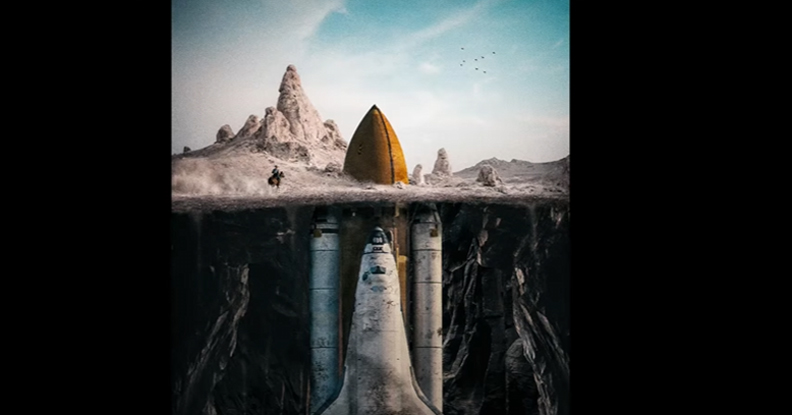
So, what was once a regular photo of a real desert, is now something completely else, looking like a sci-fi scene.
Another popular example that we often see done as a tutorial for learning photo manipulation skills in Adobe Photoshop is taking a picture of a vehicle moving on a road headed to a cave, and then the cave is replaced by the lens of a giant camera.
In digital photography editing, you can easily come up with many various photo manipulation ideas, and the possibilities to create something unique are infinite.
All you need to do is take a look at an image and let your imagination do the work. Whatever comes to your mind, it's possible to create it.
You can use stock images as the base and combine them with original content, or various elements from more stock images for your image manipulation projects.
You can also draw and import your own elements, characters, objects, or people.
You can even create and implement 3D models, combining multiple software to achieve astonishing results.
Feel free to take a look at this detailed photo manipulation tutorial by Boris FX, which covers many different photo manipulation techniques. Nemanja Sekulic, an experienced 3D artist and photo manipulations expert, is the starring guest of the show.
Photo Manipulations Versus Matte Painting
Photo manipulation should also not be confused with Matte Painting, a technique used in the film, animation, and video game industries to create realistic and visually stunning backgrounds or environments for scenes that would be impractical or too expensive to shoot on location.
This technique involves the combination of digital painting, photography, and 3D modeling to create highly detailed and immersive landscapes, cityscapes, or other settings that seamlessly blend with live-action footage or computer-generated characters.
Although these two techniques have many similarities, they are essentially not the same.
Matte painting is primarily used to create or enhance entire scenes or backgrounds for films, animations, or games.
It is a broader, more cinematic technique aimed at generating immersive environments that seamlessly blend with live-action footage or computer-generated elements.
Matte paintings are usually highly detailed and encompass large areas.
What is The Difference Between Photo Editing and Photo Manipulation?
Photo editing and photo manipulation are two different terms, but people often confuse them as the same thing.
Although they both involve digital images, the photo manipulation techniques are quite different elements than what we refer to as photography editing.
When you "edit" a photo, you can change the way it looks, but you don't change its structure or the elements within, and essentially you don't change the images original meaning.
For example, you can change the brightness, contrast, colors, and highlights, but you don't add or remove whole new elements.
With photo manipulation, though, you can cut out and combine elements from multiple images, essentially creating otherworldly images and a whole new surreal scene, which you can then publish as digital art if it's purely your own work, or use it for other "casual" purposes, such as an art background for your computer's desktop, and much more.

Photo Manipulation Ethics - When Not to Manipulate Images
It's very important to note that photo manipulation can often be used in a negative way, by services such as the news media, for example, to mislead viewers and "bend" the reality of the situation. This raises very real ethical concerns.
For example, with basic photo editing, you can turn the footage of a forest fire aftermath into something slightly more dramatic by changing the colors and making it look "darker" and "scarier" than it really is.
By manipulating photos, you can add whole new scorch marks on the ground, more flames, helicopters in the sky trying to put out the fire, damaged objects, people running, misrepresent subjects, and more.
You can create unimaginable, surreal images using only a combination of elements taken from various stock photos, as it's that easy for someone who knows how to properly use software like Adobe Photoshop. This kind of image manipulation can create staggering results.
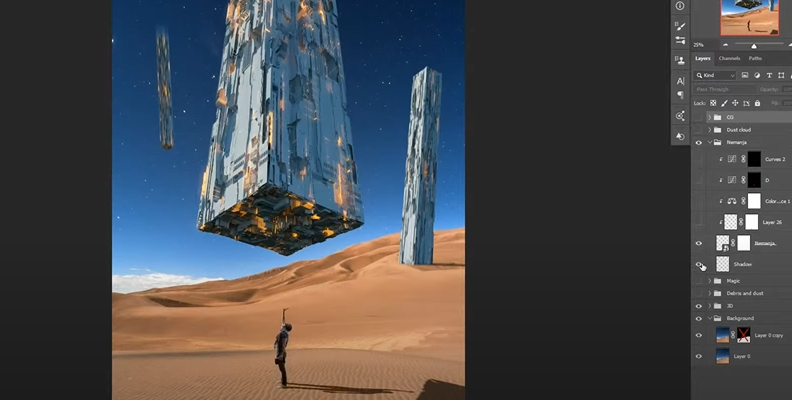
The National Press Photographers Association (NPPA) has clearly stated that every photojournalist should only use original, unedited, uncombined, and unmanipulated photos for their work, that will not in any way confuse or mislead viewers into believing something that isn't real.
Their code states that "Editing should maintain the integrity of the photographic images’ content and context."
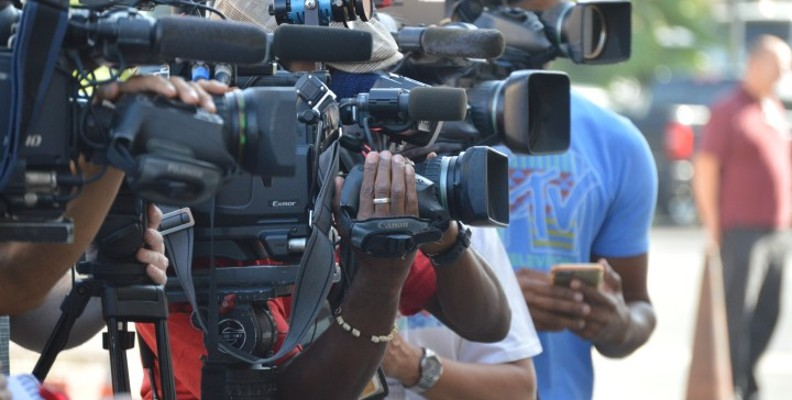
Unfortunately, we still have many examples of photo manipulation ending up as seemingly trustworthy sources of information on various news channels, social media and web portals, primarily used for propaganda purposes. An altered image can do real damage.
With that said, many good things can be used in a malicious way, so it doesn't mean we should give up the beautiful technique of image manipulation when it comes to creating art and expressing our creativity.
7 Great Tips for Effective Photo Manipulation in 2025
Effective photo manipulation requires a combination of creativity, technical skills, and attention to detail.
Whether you're creating surreal compositions or enhancing the overall appeal of an image by removing and replacing some of its elements, here are some tips to help you achieve great results:
Plan and Visualize The Manipulation Beforehand
It's exciting and creative to start a photo manipulation project without any previous plans and see where your imagination and skills will take you.
This is good practice to do on live streams or for a video on your YouTube channel to show the audience your talent, or perhaps use your viewers' feedback to create something together.
However, when working on more serious projects, something you use for your portfolio and to showcase your skills, it's best if you plan beforehand.
The planning doesn't have to be complex. Sketch or write down what the final result should consist of, as in all the elements you wish to add and everything you wish to remove from the already-existing photo, etc.
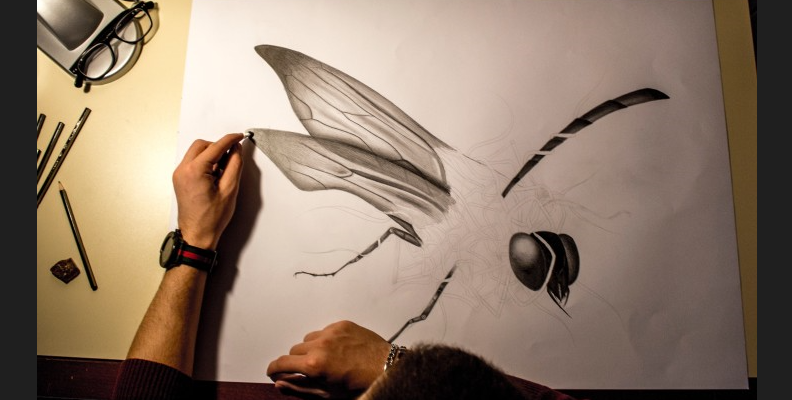
Thankfully, nowadays you can also use AI, such as Midjourney, to generate some ideas, or even use elements from the generated results for your project.
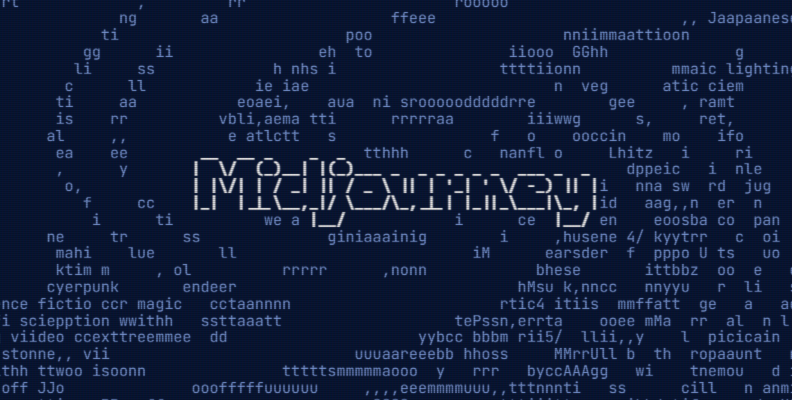
Find a Source of High-Quality Images
Your photo manipulation project will only be as quality as the components you put together.
So, if you want to get astonishing results, you'll need to find high-quality images that are free to use and suitable for your work.
Make sure they're high-resolution and well-exposed so that you can make any changes to them easily, without sacrificing the overall quality of the final product.

Sometimes, depending on the complexity of the project, you may need to specifically photograph something yourself, if you cannot find an image on the internet that matches exactly what you have in mind.
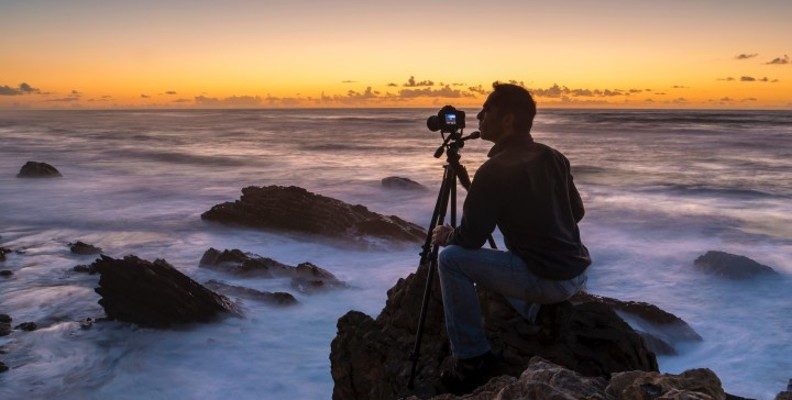
Master The Lighting in your Images
Lighting is what makes everything look realistic, and especially in photo manipulation, it's incredibly important to get it right.
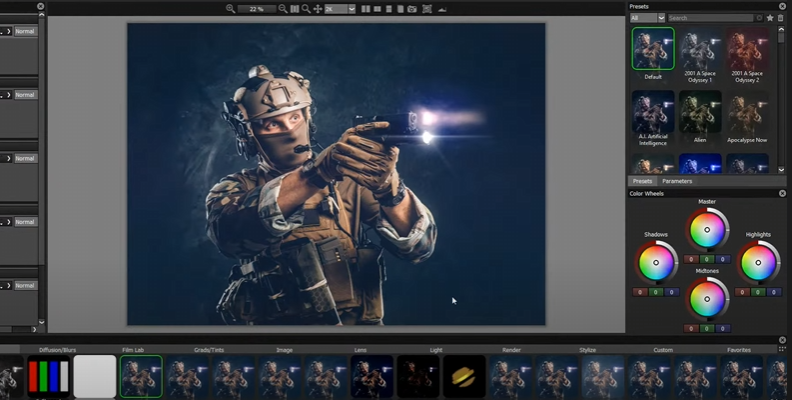
Since you will be combining elements from two photos (or more) into one image, chances are all of those elements will be lit differently, and you'll have to match and blend all of that into something that looks realistic for the scene you're creating.
For example, taking a vehicle from a photo where it's dark, then using it in a forest scene where the sun shines bright.
The vehicle will not be as well-lit as the rest of the environment from your forest photo, therefore the final result will not be convincing unless you do some detailed lighting work and enhance it properly.
Practice Masking and Selections
Modern technology like Photoshop allows us to use a variety of tools for cutting out and isolating objects from photos, and then combining them into something much more creative. However, this takes a bit of practice.
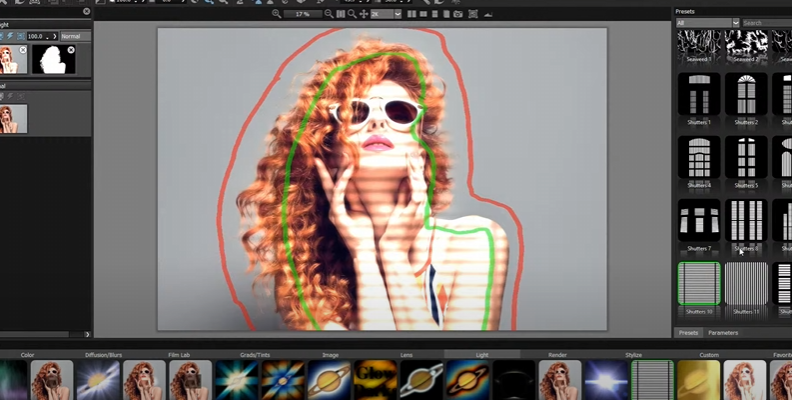
We recommend learning the various tools available, such as the Pen Tool, Magic Wand and Refine Edge/Select, and practicing as much as possible with them for the best results.
Throughout your photo manipulation projects, you'll have to cut out elements quite often, and that requires precise selections with accurate masking to blend the object into a new scene later on.
Learn and Experiment with Different Blending Modes
Blending modes is where the magic happens in your photo manipulation project.
For a successful photo manipulation, you'll have to use different blending modes for various objects that you're trying to combine into the scene.
It's best if you know how each one works and what it has to offer.
Blending modes are easy to try out. Simply select the layer you're working with and keep switching through the various available options until you find something for the specific element you wish to blend into your scene.
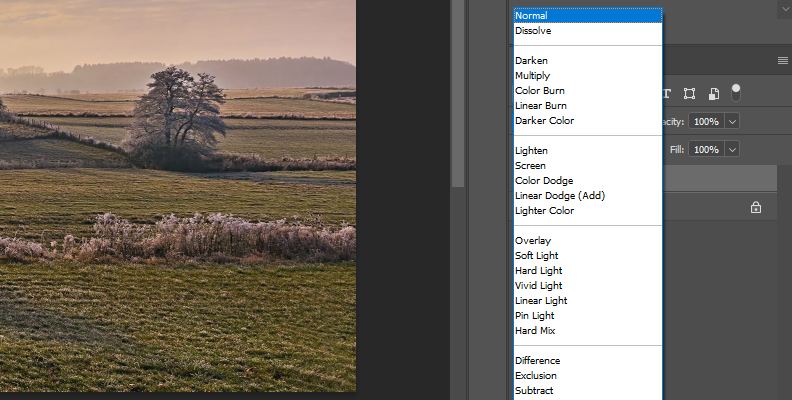
With time, you'll remember what each one is good for.
Pay Attention to Detail
Last but not least, for successful photo manipulation attention to detail is what matters most.
If one of the objects, characters, effects, or anything else in the image is not blended in properly, it will immediately take the viewer out of immersion.
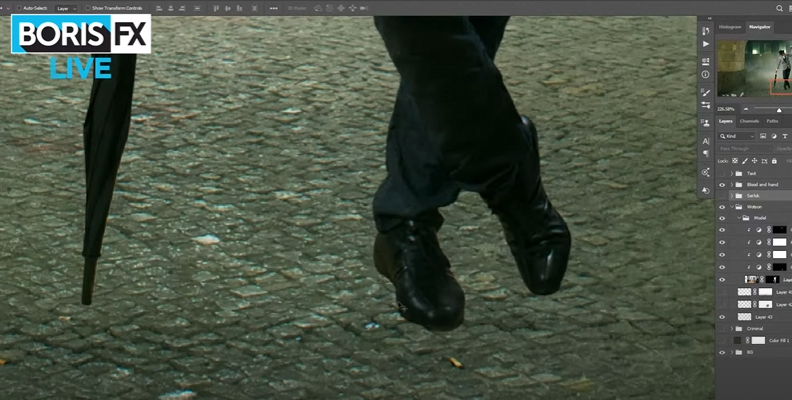
You must pay attention to texturing, lighting, blending, and overall scene composition for the final result to look good.
It's not a simple technique to learn, but once you master it, you can create anything that comes to your mind.
Final Words
That concludes everything you need to know for effective and professional photo manipulation.
Hopefully, this will help you get into this specific art technique, or improve it if you were already working on projects before stumbling upon this guide. Whether you're working for a professional organization like National Geographic or just working on your own projects, you know everything you need to now.
Best of luck in the future, and we're eager to see your best photos and digital art succeed!















